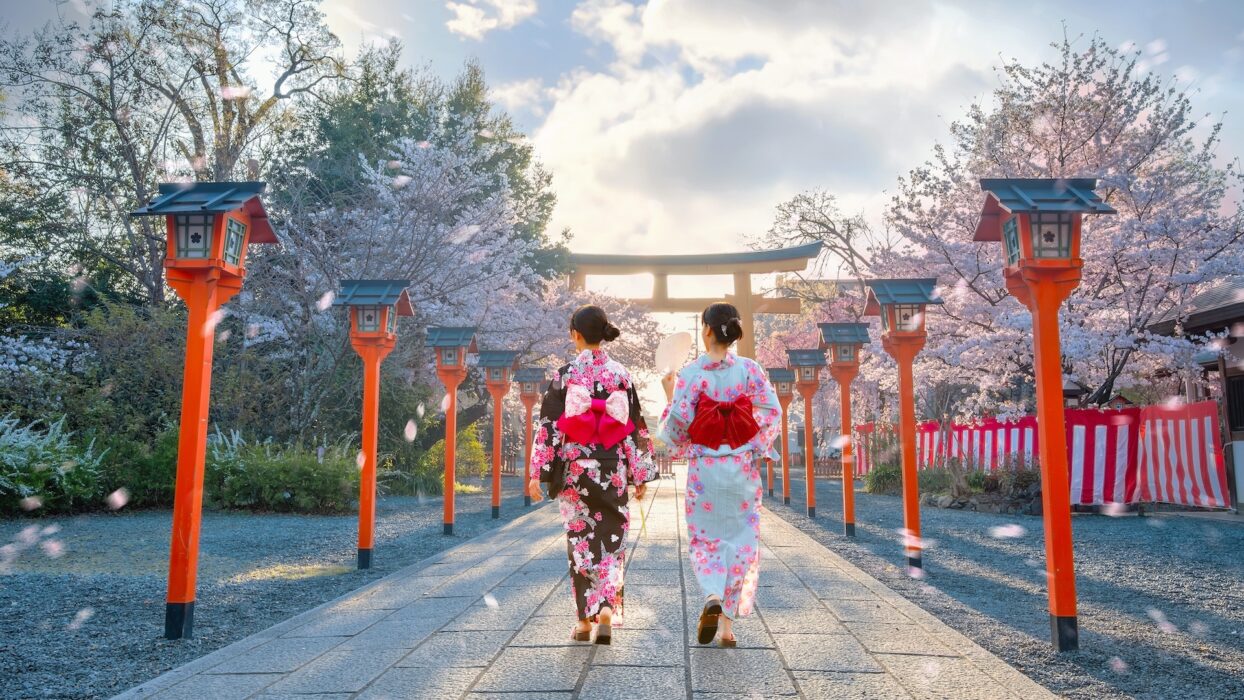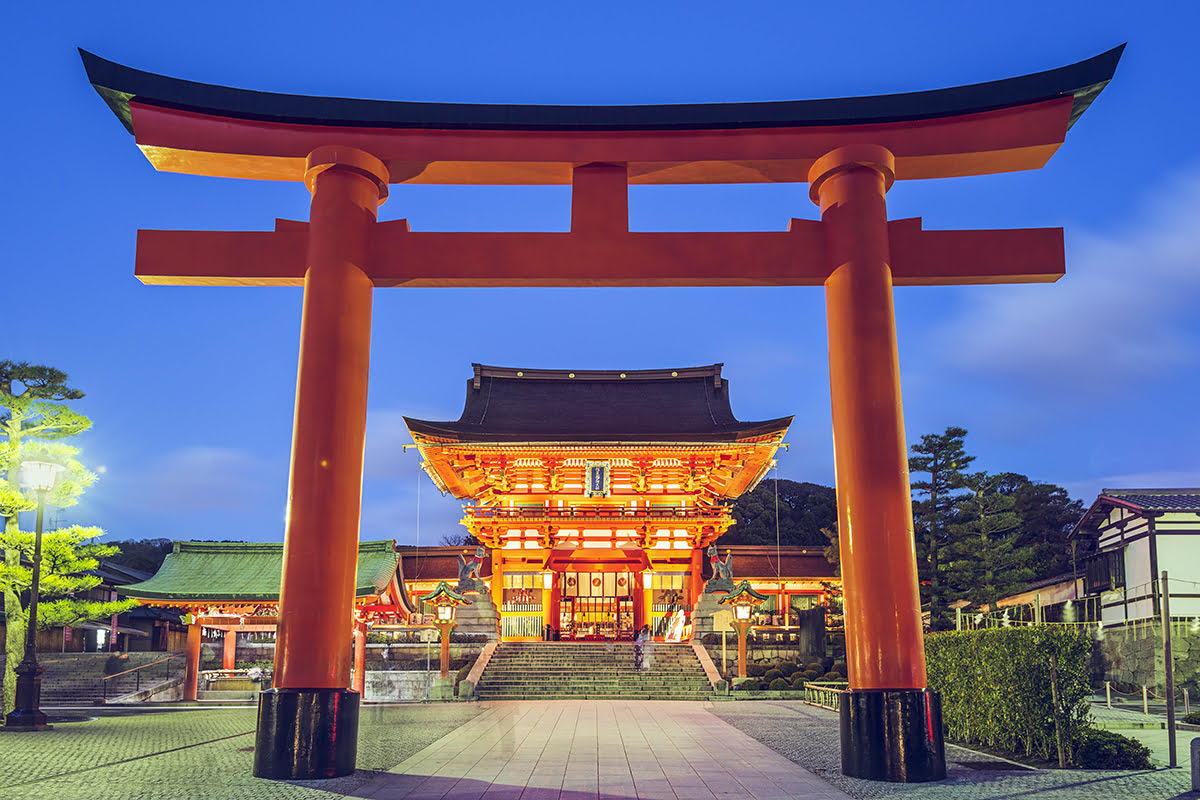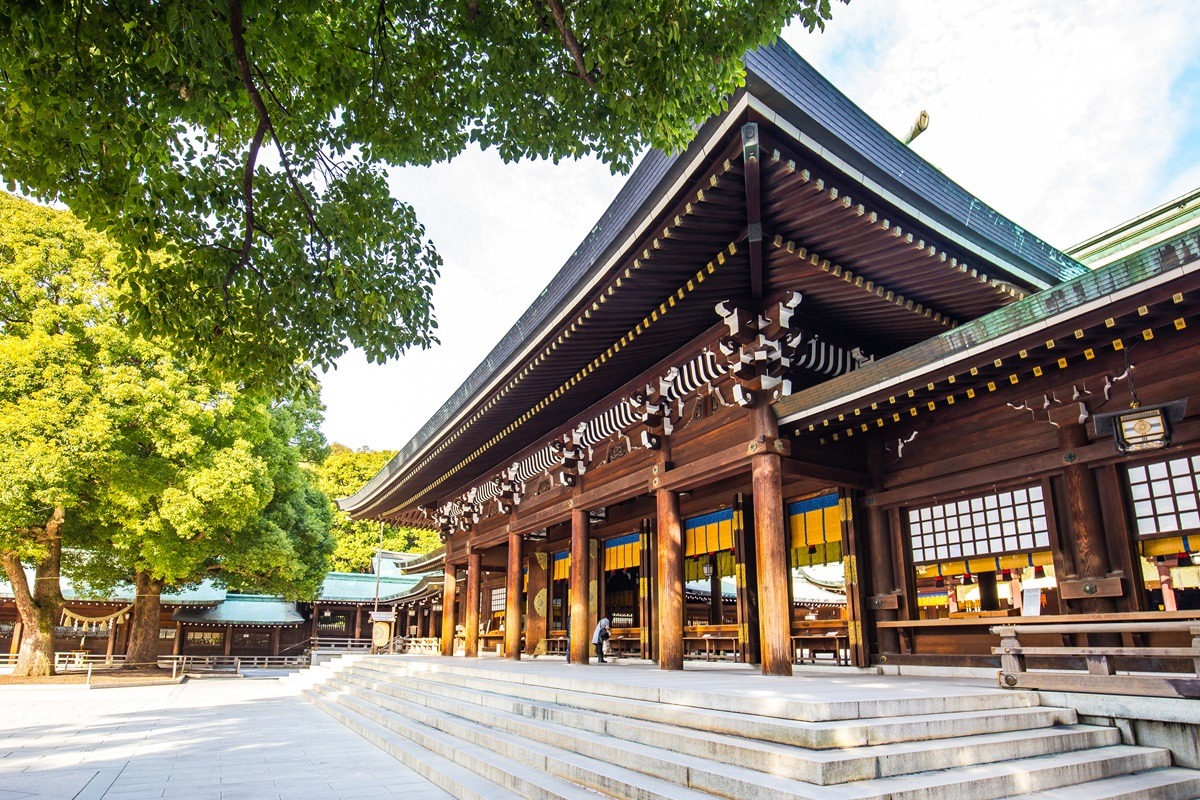Japan is a country rich in cultural history, and one of its most captivating aspects is the Shinto shrines that dot the landscape. These sacred sanctuaries offer a unique glimpse into Japan’s spiritual heritage and are a must-visit for any traveler exploring the country.
From Fushimi Inari Taisha Shrine in Kyoto to the serene Meiji Shrine in Tokyo, each Shinto shrine has its own unique story, architecture, and rituals that make it special.
Whether you’re interested in the famous torii gates, the spiritual rituals, or just want to soak in the tranquil atmosphere, this travel guide will provide you with everything you need to know about visiting Shinto shrines in Japan.
An Overview of Shinto Shrines
Shinto is the indigenous religion of Japan. Shinto shrines, or jinja, are considered sacred spaces where kami (spirits or deities) reside. There are over 80,000 Shinto shrines in Japan, ranging from magnificent structures like Ise Jingu to small, humble roadside shrines.
One characteristic feature of Shinto shrines is the torii gate, which marks the entrance to the sacred ground. Typically made of wood or stone, these gates signify the transition from the mundane to the sacred.
Visitors to Shinto shrines often engage in purification rituals, offer prayers, and leave offerings. Popular rituals include washing hands at a chozuya (purification fountain) and making wishes on ema (votive tablets).
Exploring Shinto shrines provides a deep connection to Japan’s past and present spiritual practices. Each shrine has its own unique atmosphere, from the bustling Meiji Shrine in Tokyo to the peaceful Fushimi Inari Shrine nestled in the Kyoto mountains.
Famous Shinto Shrines
Fushimi Inari Shrine
One of Japan’s most iconic and well-visited shrines, Fushimi Inari Shrine in Kyoto is renowned for its thousands of vermillion torii gates that create a stunning pathway up the Inari Mountain. The shrine dates back to 711 AD. Visitors can enjoy walking through the torii tunnels, experience the peaceful forest area, and learn about the kami of prosperity and success.
Meiji Shrine
Nestled in a lush forest in the heart of Tokyo, Meiji Shrine is a splendid sanctuary. It’s a favorite spot for both locals and tourists due to its serene environment. The shrine complex includes treasure museums, picturesque gardens, and spaces for traditional Shinto weddings, offering a tranquil retreat from the bustling city life.
Ise Grand Shrine
Located in Mie Prefecture, the Ise Grand Shrine is considered the most sacred Shinto shrine in Japan. The shrine buildings are rebuilt every 20 years as part of the Shinto belief of death and renewal. This practice highlights the importance of impermanence in Japanese culture. Pilgrims and visitors alike flock to Ise Jingu to partake in its ancient rituals and to feel the deep spiritual ambiance.
Itsukushima Shrine
Known for its iconic “floating” torii gate, Itsukushima Shrine on Miyajima Island is a UNESCO World Heritage Site. The shrine’s architecture, harmoniously blending with the surrounding waters and mountains, creates a breathtakingly mystical scene especially during high tide.
Hakone Shrine
Hakone Shrine is nestled at the base of Mount Hakone, by the shores of Lake Ashi. Enveloped by towering cedar trees, this shrine has been a spiritual haven since the Nara period. It’s also famous for its Red Torii Gate, which stands prominently in the lake’s shallow waters. Visitors often enjoy a boat ride on the lake that offers spectacular views of the surrounding shrine and Mount Fuji on clear days.
Exploring Japan’s Shinto shrines is a journey not just through the country’s geography, but through its spiritual and cultural soul. Each visit is an opportunity to connect with ancient traditions, witness the reverence for nature, and understand the profound spirituality that infuses Japanese life.
The serenity and beauty of these sacred sanctuaries—from the bustling Meiji Shrine in Tokyo to the labyrinthine pathways of Fushimi Inari Shrine in Kyoto—offer a respite from modern life’s frenetic pace. They provide a space for reflection, reverence, and a deeper connection to the heritage of Japan.
Whether you’re meditating before the sacred torii gates, or simply enjoying the tranquil atmosphere, your time spent at a Shinto shrine will be enriching and memorable. Embrace the chance to step into these sacred sites and let the spiritual allure of Japan’s Shinto shrines captivate your heart.
So pack your bags, respect the customs, and embark on a journey that will undoubtedly be one of the highlights of your travels through Japan. The sacred sites await your discovery.






















